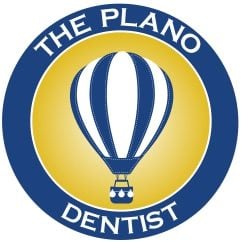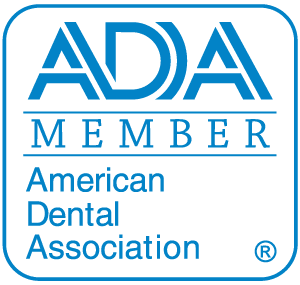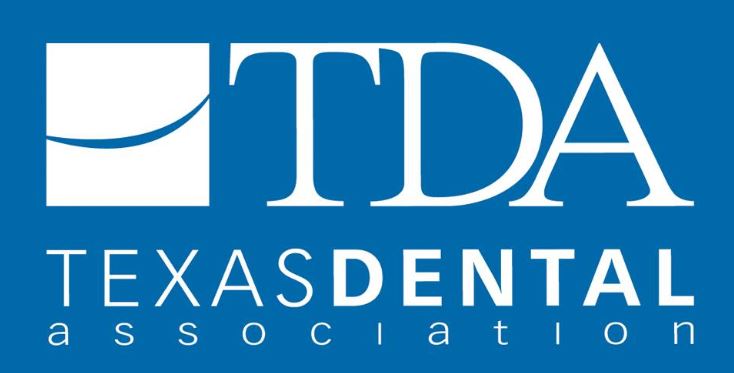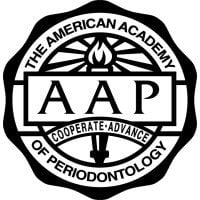If you’re like most individuals in Plano, you welcome convenience in every aspect of life. In other words, straightforward processes with minimal disruption to your schedule.
Multiple Appointments Can Be a Hassle
When it comes to medical or dental treatments, convenience means the fewest visits possible. Hopefully, only one visit.
Let’s discuss dental crowns, for example. Most individuals need a restoration like a dental crown at some point in their life. A dental crown is one of the most versatile dental restorations. It covers the complete visible portion of a tooth and can correct a damaged tooth, a tooth with a large cavity, or a tooth that has undergone a root canal. This protects what’s left of the tooth and allows normal function
Dental Crowns Used to Take at Least Two Appointments
The standard dental crown procedure involves at least two visits. (Sometimes three or four depending on the situation.) On the first visit, the dentist would prepare the tooth and create an impression for the crown. To take dental impressions, the patient had to bite into a U-shaped tray filled with a thick, gooey substance (alginate or polyvinylsiloxane).
Then the dentist would send the impression to a dental lab to have the crown fabricated. This could take a couple of weeks. When the crown was finished, the patient would have to come back to the dental practice to have it placed and cemented.
CEREC and E4D Same Day Crowns
Now, there are two visit systems. The brand names are CEREC and E4D. Both systems use CAD (Computer Aided Design) and CAM (Computer Aided Manufacturing) to design and engineer a perfectly-fitting crown.
CAD uses 3-D software that photographs teeth to create a precise model. In some dental practices, the patient can see the 3-D digital renderings on a screen during their visit.
CEREC uses an infrared camera to transmit the tooth’s exact shape to the CAD software. E4D accomplishes the same thing with laser technology. As mentioned previously, CAD is the modeling software. Once there is a precise 3-D digital rendering, it’s time to actually engineer the restoration. That is what the CAM machine does. CAM is the milling process, in which a small bit-like device operates at extremely high speeds to precisely sculpt a custom-fitting crown out of a small brick of ceramic.
6 Steps For a One-Visit Dental Crown
Here is a recap of the entire same day dental crown operation:
- Tooth Preparation. Your dentist will prepare the site for your crown by clearing away tooth decay or portions of the damaged tooth.
- Intraoral Scanning. Next, your dental professional will use an optical scanner to create a 3-D digital scan of the damaged tooth and surrounding teeth.
- Restoration Design. With the 3-D images, the dentist will use CAD software to design the final restoration.
- Milling. A milling machine uses a 3-D scan and precisely carves the crown from a single block of ceramic.
- Sintering and Polishing. The dentist then stains or glazes to make the surface of the dental crown look like a natural tooth. Following that, the dentist polishes the restoration to perfection.
- Cementation. Finally, the restoration is permanently placed in your mouth. (Colgate.com)
Did we mention that this takes place in one visit?
Need a dental crown? Call us today to schedule an appointment.
Contact The Plano Dentist:
469-998-0235
Location (Tap to open in Google Maps):
3115 W Parker Rd Ste C538
Plano, Texas
75023







